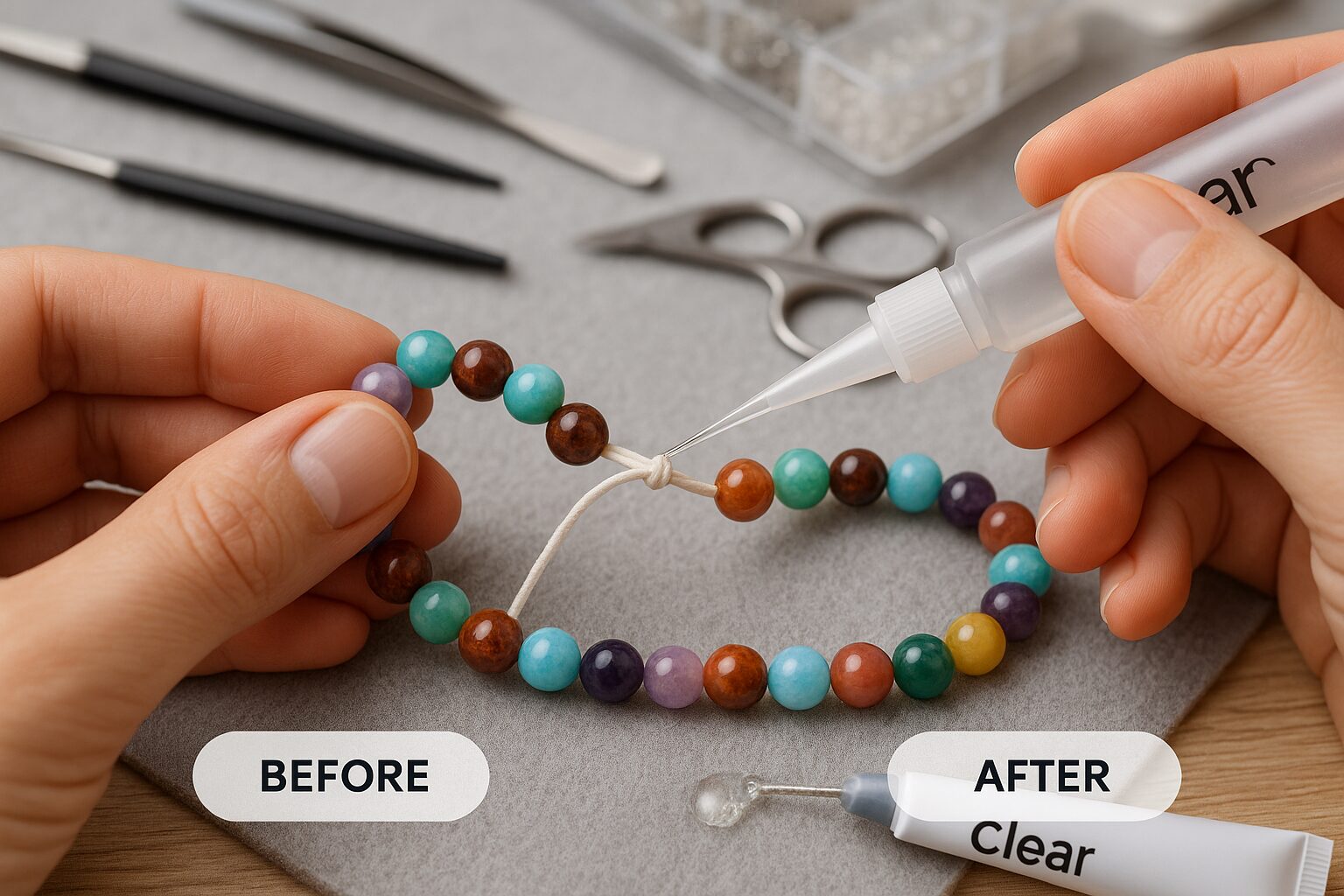Struggling to find an adhesive that won’t melt under the intense heat of industrial settings? We’re diving into the Best Adhesive for High Heat in Industrial Environments like silicone and epoxy to help you pick the perfect solution for your toughest jobs.
What are High Heat Adhesives?
Silicone Adhesives
Known for their flexibility and durability, silicone adhesives can handle temperatures from -50°C to 300°C. Their elasticity makes them ideal for sealing and bonding in fluctuating heat conditions.
Epoxy Adhesives
These two-part adhesives offer exceptional strength and can resist heat up to 250°C or more with specialized formulations. Expoxy glues are perfect for structural bonding in extreme environments.
Key Factors for High Heat Performance
Choosing the right adhesive involves evaluating heat resistance, bond strength, and compatibility with industrial materials. Here’s how top options stack up:
1. Temperature Resistance
Silicone adhesives shine with continuous resistance up to 300°C, ideal for engines and ovens. High-temp epoxy formulations can exceed 250°C, making them suitable for aerospace and heavy machinery.
Other options like polyurethane adhesives max out around 150°C, limiting their use in extreme heat scenarios.
2. Bond Strength
Epoxy adhesives provide robust bonds for metals and composites, withstanding mechanical stress under heat. Silicone offers strong yet flexible bonds, excelling on non-porous surfaces like glass or ceramic.
Standard acrylics may weaken above 200°C, reducing their reliability in high-heat industrial tasks.
3. Material Compatibility
Silicone adhesives work across a wide range—metals, plastics, and rubber—making them versatile for diverse industrial needs. Epoxy bonds well with metals and ceramics but may need specific grades for plastics.
Applications and Performance
Silicone Adhesive Applications: Perfect for automotive engine compartments, electronic heat sinks, and aerospace sealing, where flexibility under heat is key.
Epoxy Adhesive Applications: Ideal for aerospace components, industrial machinery, and energy sector equipment exposed to sustained high temperatures.
Which Adhesive Holds Up Best?
Silicone adhesives lead for their broad temperature range and flexibility, making them the top choice for dynamic industrial heat exposure. Epoxy excels in structural applications needing high strength under heat.
Consider your needs:
- Choose Silicone for versatility, thermal cycling, and sealing in engines or electronics.
- Choose Epoxy for rigid, high-strength bonds in aerospace or machinery.
Conclusion
Silicone and epoxy adhesives stand out for high heat in industrial settings, with silicone offering flexibility and epoxy delivering strength. Match the adhesive to your project’s heat and material demands for lasting results.
Frequently Asked Questions
1. What adhesive withstands the highest temperatures?
Silicone adhesives resist up to 300°C, making them the top choice for extreme industrial heat, while specialized epoxies handle 250°C or more.
2. Are silicone adhesives good for industrial use?
Yes, silicone adhesives excel in industrial settings, offering flexibility and heat resistance up to 300°C for engines and electronics.
3. Can epoxy adhesives handle high heat?
Yes, high-temp epoxy adhesives withstand up to 250°C, ideal for structural bonds in aerospace and machinery under heat stress.
4. What materials work with heat-resistant adhesives?
Silicone bonds metals, plastics, and rubber; epoxy suits metals and ceramics, with specific grades for plastics in high heat.
5. When should I use silicone over epoxy?
Use silicone for flexible sealing in thermal cycling, like engines; choose epoxy for rigid, strong bonds in aerospace or machinery.
6. How do I ensure adhesive durability in heat?
Select adhesives rated for your max temperature, apply per manufacturer instructions, and test bonds under heat conditions.





